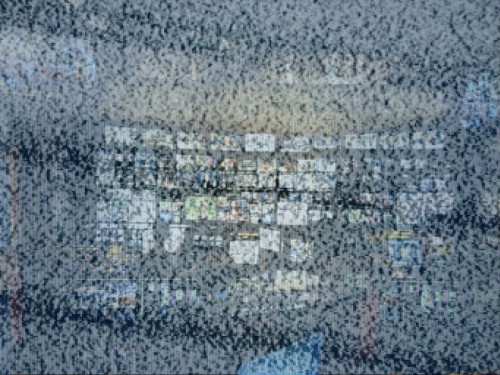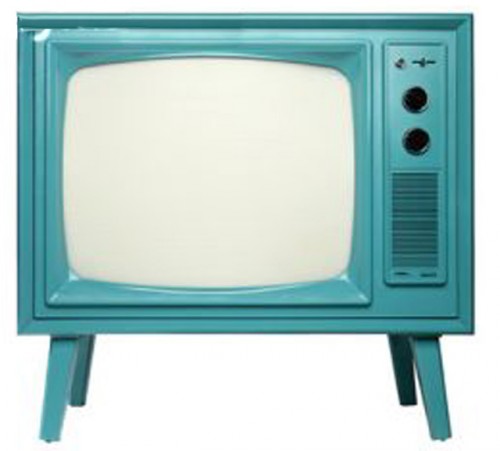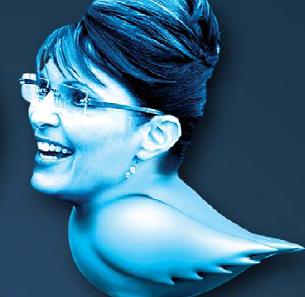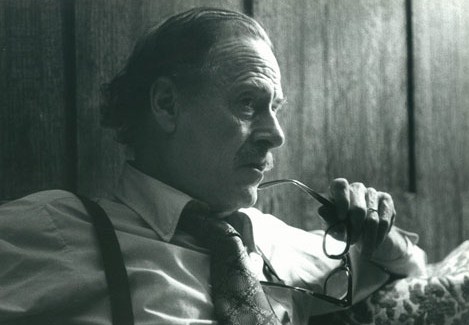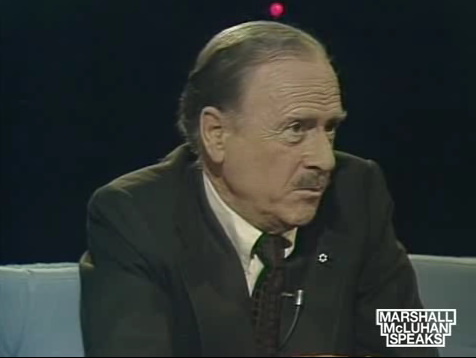Laurie Penny’s great new piece about Manic Pixie Dream Girls (MPDGs) has me thinking about the role of women/femininity in the compositional structure of music, film, and other media. Penny uses a narrative metaphor to explain the subordinate role of MPDGs in contemporary patriarchy: patriarchy expects and encourages women to ghostwrite or be, as Penny puts it, “supporting actresses” in men’s stories. When women (such as Penny) craft their own autobiographies with themselves as the protagonist, this upsets both patriarchal conventions, and our aesthetic sensibilities, which have been trained to expect and enjoy these conventions.
But, especially in light of the finale of this past season’s Doctor Who (so, uh, need I say it: spoilers) I think the MPDG supports men’s/masculinity’s centrality–in other words, patriarchy–in specific ways, ways that are uniquely appropriate to the compositional logic of contemporary media.



